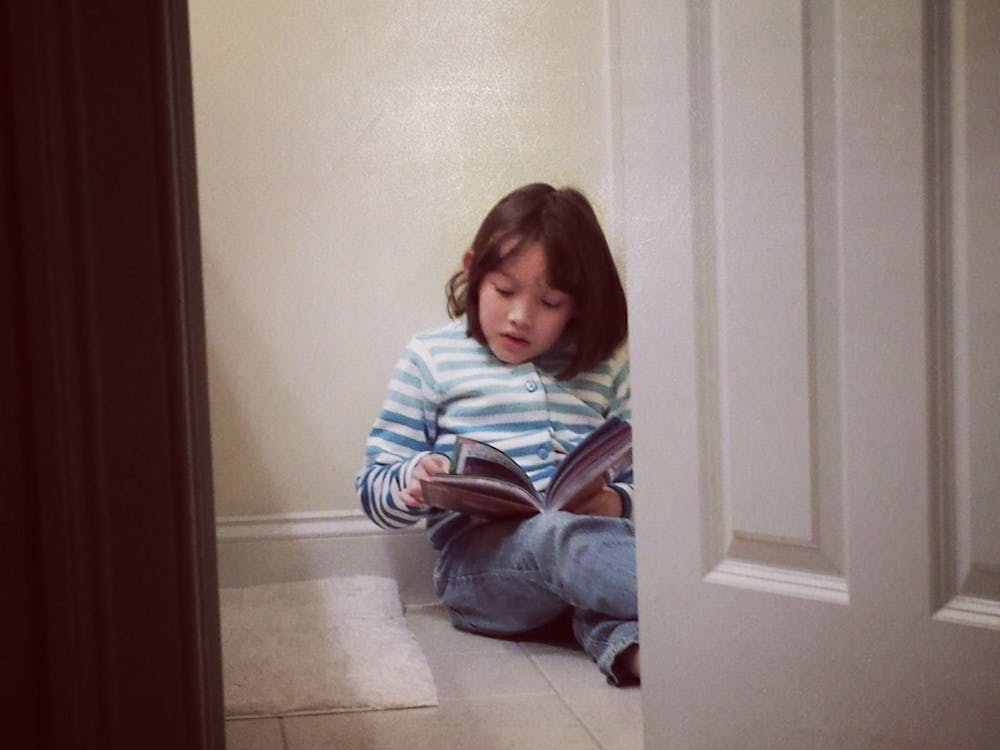As New York Fashion Week Fall 2014 made its highly anticipated visit this past week, we were expectedly delighted by the sights of Jill Stuart’s funky interpretations of the little black dress, Ruffian’s tapestry-printed dresses and ruffled collars (inspired by Petrus Christus’ 15th century portraits), and Rebecca Taylor’s assemblage of minimalist menswear-inspired pieces. But although we adored Christian Siriano’s elegant modern collection inspired by 1950s glamour and Alexander Wang’s structured monochrome wool mini dresses, can we really say we were artistically stimulated, or even surprised by each designer’s choice of inspiration and consequent execution of his designs? Would it really have been that difficult to anticipate that Siriano would choose to design a collection inspired by classic femininity à la Dior circa 1957, while Wang would focus on rendering the austere minimalism that contributed so highly to his popularity last NYFW?
While designers must stay faithful to the distinctive images and philosophies guiding their brands, frankly, it seems as though the element of surprise has been completely missing from this season’s clothing collections thus far. After all, it is the element of novelty that perpetuates sales in the fashion industry and, more importantly, our creative attachments to certain brands.
Luckily, the bourgeoning jewelry designers, Danielle and Jodie Snyder, harnessed the artistic spirit and creative ingenuity absent in most of the clothing collections this past week, within their DANNIJO Fall/ Winter 2014 jewelry collection. The sister duo—known for their intricate industrial-style designs, skillful use of different metals, and brilliant combinations of stones and gems—created a collection that not only retained their distinctive flair for “vintage industrial femininity,” but expanded on new design concepts and, more importantly, on an entirely novel approach to showcasing jewelry.
The DANNIJO collection featured some of the brand’s core elements such large bib necklaces with thick silver chains, earthy stones, vibrant blue gems, and intricate embellishments. However, new materials such as pearls and cameos were introduced, giving the collection an unprecedented classic graceful feel, in addition to the edginess retained through the use of chains and geometrically shaped stones.
This juxtaposition of hard and soft was clearly the theme chosen to characterize the collection, called “BOXERina,” which was inspired by the designers’ fascination with theoretically combining the elegant gracefulness of ballet and the rough ferocity of boxing. According to Danielle Snyder (as reported by the blog “Style Bistro”), the collection “hinges on the relationship between ballet and boxing, and its ability to connect us to the bare essence of humanity.”
While the designs themselves brilliantly embodied the idea of combining elements from two seemingly paradoxical ways of moving the body—gracefully and fiercely—this concept was taken even further through the presentation of the pieces. The collection debuted with seven ballerinas performing a choreographed piece by Nicola Curry from the American Ballet Theatre. The ballerinas, wearing simple nude tulle tutus with DANNIJO’s highly embellished jewelry, softly danced around a boxing ring amidst a dim-lighted venue.
The relationship between the refined femininity of the dancers in motion, and the visually absent notion of savage boxers in motion created the setting for our interesting creative speculations involving serious analyses of the emotional attachments and the intellectual associations we make to these two opposing ideas. And because the specific design elements and mediums associated with each concept were flawlessly integrated into flowing composites of aesthetically pleasing pieces of jewelry, our ideas of the relationship between ballet and boxing were challenged even further by posing that these two ideas are somehow more interrelated than we’d imagined.
Essentially, showcasing the DANNIJO F/W 2014 collection through performance art visually enhanced the connection between ballet and boxing embedded into the designs themselves, but more importantly, situated a separate art form, alongside the jewelry, which was able to underscore the emotional performance, paralleling the emotionally charged sources of inspiration guiding the jewelry designs in the first place.




